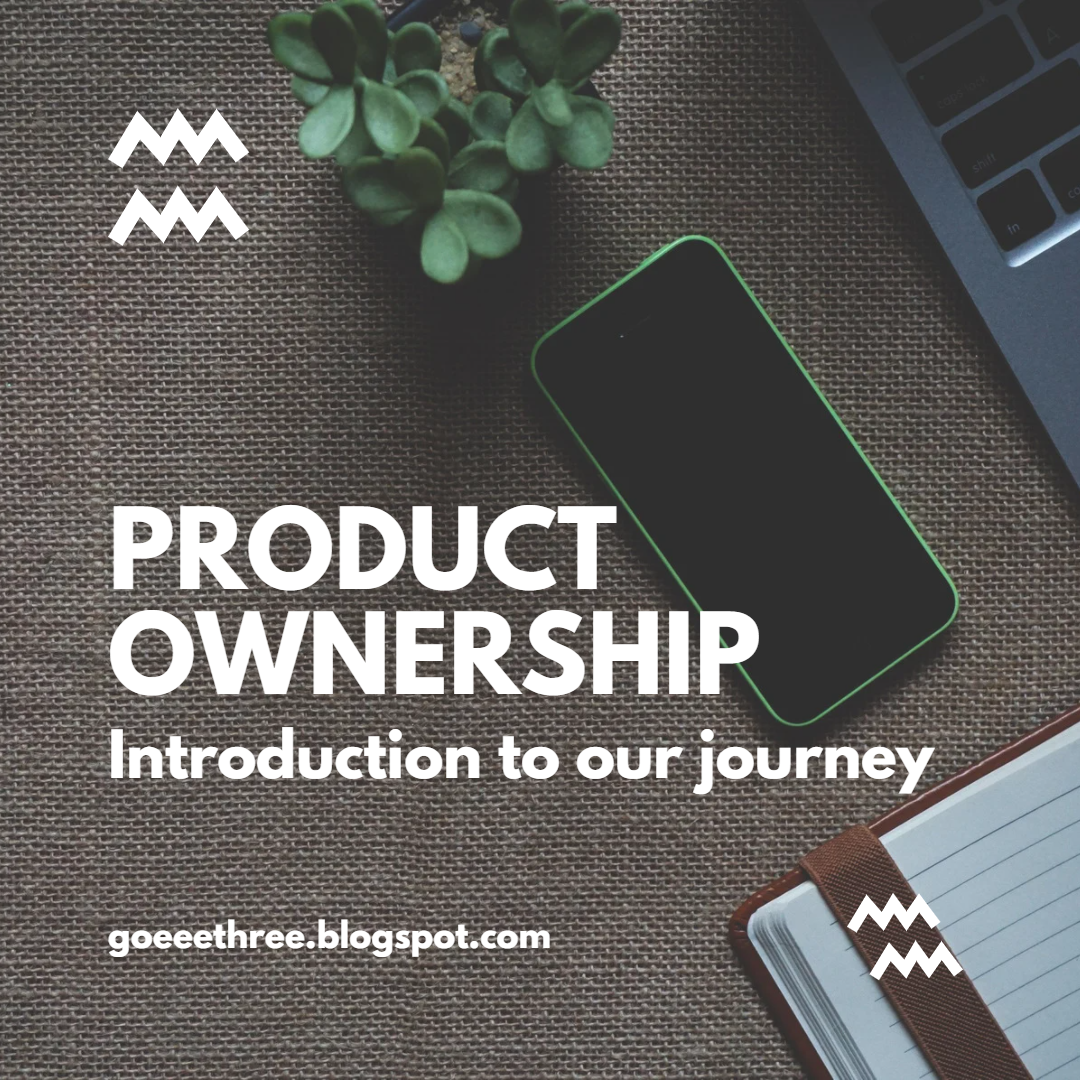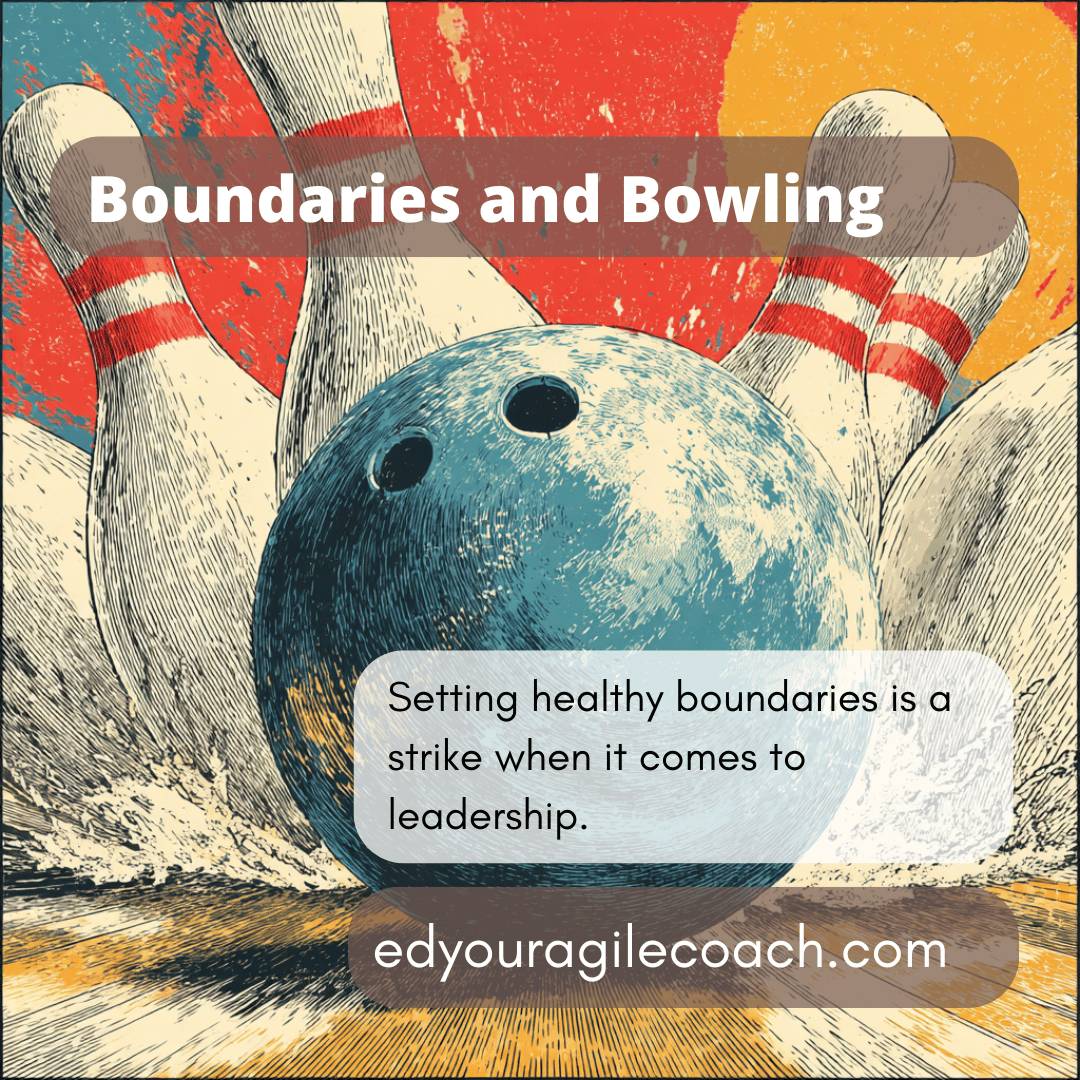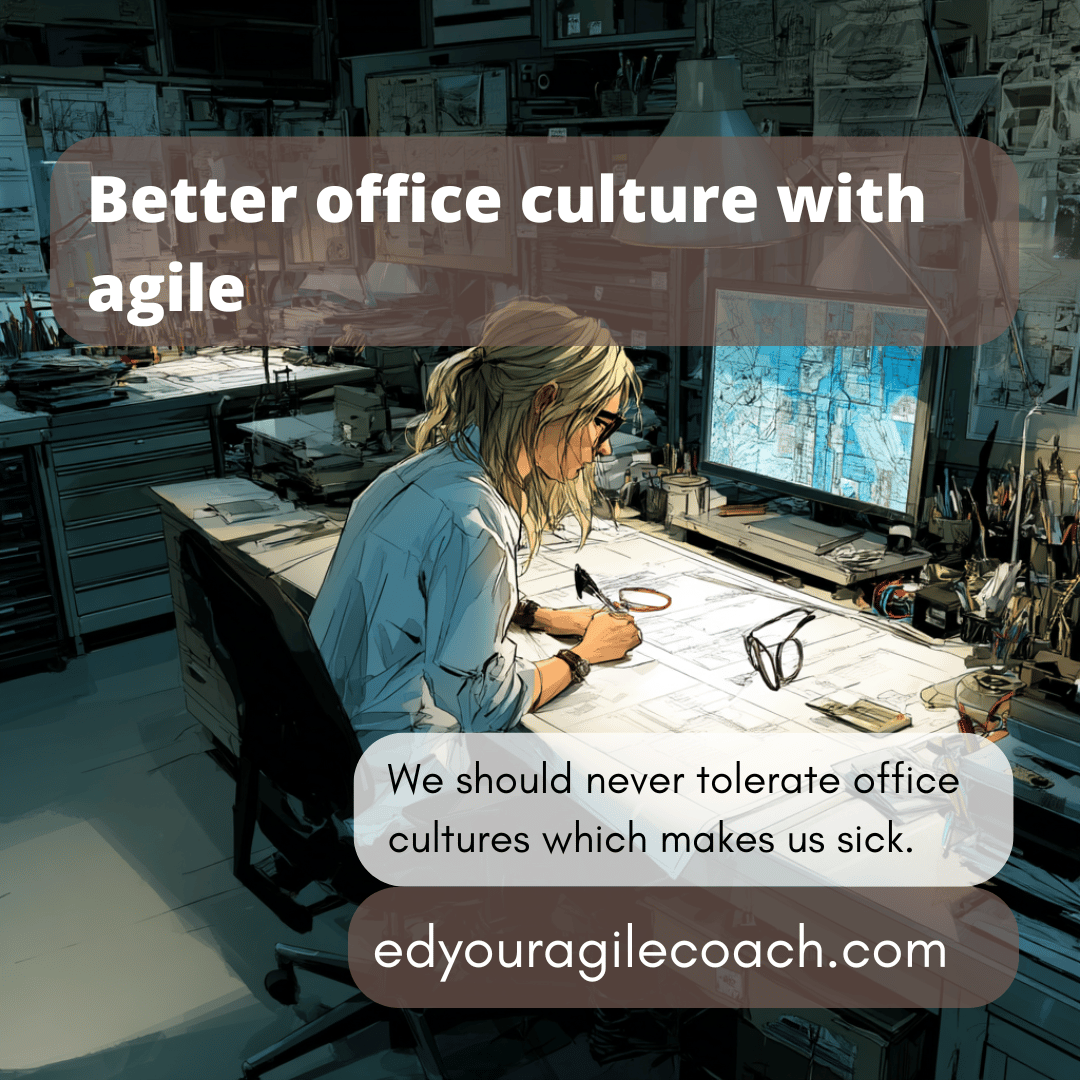Begining a journey into healthy ownership.

We will remember the end of the COVID pandemic as a combination of science-fiction, fantasy, farce, and tragedy. I was on a plane to have dinner with a client when tanks began rolling into Ukraine. The contradictions between my life and the peril of others were oppressive.
Despite the global upheavals, the business world continued to evolve, with clients seeking smarter and faster ways to operate. As a contributor to the global business story, your role is significant. One aspect of this is to enhance product ownership in the agile reformation. You've authored numerous blog posts on this topic and championed the concept of 'healthy ownership,' which originated at the 2018 Agile Coaching Retreat in London. Today, you're embarking on a series of posts to guide your peers in becoming better product owners and fostering beneficial ownership within their teams.
Healthy ownership began when I had a jetlagged rant about the quality of the product owners at my organization. I asked if I could instill good habits among product owners and respect the developers. Then, I found a group of like-minded individuals, and we got to work. An agile team requires trust and interdependence to be successful. The team then takes collective responsibility for its outcomes to have healthy ownership. It is a goal I think each team should strive to achieve.
Product owners should begin by having an open dialog with team members. It would help to ask the teams what works and what does not. Take time and listen to what they are saying. What are the team's frustrations, and what do they need to overcome them? Assume good intentions unless proven otherwise. Finally, data from the group should be collected and made meaningful.
As a coach, teach product owners the D.E.E.P model of backlog management. Let new product owners write user stories and then get them to critique their work. Have developers push back on user stories that are unclear or incomplete. The trial and error approach may be more clumsy, but it will help develop more skill and confidence in the long run.
Product ownership requires more than writing user stories and gathering estimates. It is not easy, but it can be a force multiplier if done well. It requires clear communication with the team and understanding the social compact guiding Agile. It also requires interaction with business partners and saying "no" when necessary.
For the next few weeks, we will discuss how to be better product owners. By the end of our journey, we will have a blueprint for creating healthy ownership in your organization.
Next week, the D.E.E.P model of managing a product backlog.




Comments ()